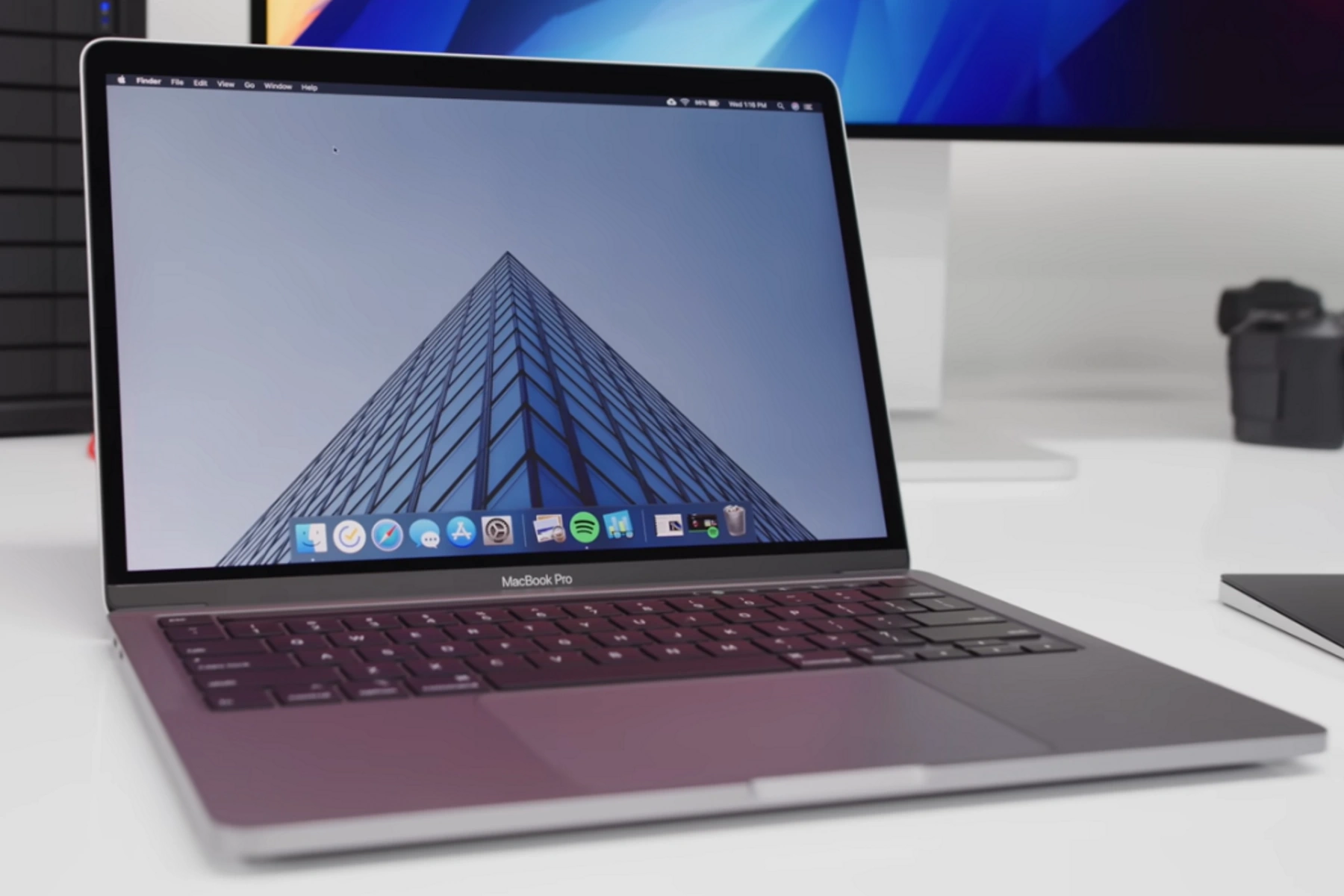MacBook M2 Pro and MacBook M2 Max are known for their exceptional performance and long-lasting battery life. However, some users may experience battery drain issues which can be frustrating, especially when you expect to enjoy 10 to 17 hours of battery life. Fortunately, there are ways to troubleshoot and resolve this problem.
This step-by-step guide will walk you through how to fix MacBook M2 Pro and M2 Max battery drain issue and provide tips to optimize battery performance.
See Also: How to Fix MacBook M2 Pro/Max Wi-Fi Issues
Tips to Fix MacBook M2 Pro and M2 Max Battery Drain Issue
1. Check for Software Updates
Keeping your MacBook M2 Pro and M2 Max updated can resolve any bugs causing battery drain issues.
- Open System Settings and click General
- Click Software Update and install any available updates.
2. Remove Background Items
- Open System Settings and click General.
- Click the Login Items tab.
- Remove or uncheck any unnecessary apps that you don’t want them running in the background or to start automatically when you log in.
3. Close Unnecessary Applications
Closing unnecessary applications can help reduce battery drain.
- Press Command + Tab to switch between open applications.
- For each application you want to close, press Command + Q.
4. Adjust Display Brightness
Lowering display brightness can significantly increase battery life.
- Press the F1 key to decrease display brightness.
5. Turn Off Keyboard Backlight
Turning off the keyboard backlight can help conserve battery power.
- Press the F5 key to decrease keyboard backlight brightness until it’s turned off.
6. Disable Wi-Fi, Bluetooth, and Location Services When Not in Use
Disabling wireless connectivity features can help reduce battery drain.
- Click the Wi-Fi icon in the menu bar and select Turn Wi-Fi Off when not in use.
- Click the Bluetooth icon in the menu bar and select Turn Bluetooth Off when not in use.
- Open System Settings, then click Privacy & Security.
- Go to the Privacy tab, click Location Services, and toggle off Location Services when not in use.
7. Configure Energy Saver Settings
Adjusting Energy Saver settings can help optimize battery performance. Here’s how to do it:
- Open System Settings and click General.
- Click on Battery and adjust the settings for Battery and Power Adapter modes (Low Power, Automatic and High Power). Scroll down and click on Options and check Put hard disks to sleep when possible.
- Next click on Displays and lower the display Brightness, adjust Refresh rate, Preset. Click on Advanced and adjust the settings for Battery & Energy. Check the box for Slightly dim the display on battery to minimize battery usage.
- Next click on Lock Screen menu and adjust the duration for Turn display off on battery when inactive.
8. Reset SMC (System Management Controller)
Resetting the SMC can resolve battery-related issues.
- Shut down your MacBook.
- Press and hold the Shift + Control + Option + Power buttons simultaneously for 10 seconds.
- Release all the keys and press the Power button to turn on your MacBook.
9. Reset NVRAM (Non-Volatile Random-Access Memory)
Resetting NVRAM can fix issues related to display resolution, startup disk selection, and battery performance.
- Shut down your MacBook.
- Press the Power button and immediately press and hold the Option + Command + P + R keys.
- Keep holding the keys for 20 seconds or until your MacBook restarts.
- Release the keys.
10. Check Battery Health
Checking the battery health can help determine if a battery replacement is necessary.
- Hold the Option key and click the Apple menu, then choose System Information.
- In the Hardware section, click on Power.
- Check the Cycle Count and Condition to assess the battery’s health.
11. Optimize Storage
Free up storage space on your MacBook M2 by optimizing storage. Follow these steps:
- Open System Settings and click General.
- Click Storage on the right.
- Under the Recommendations tab, select the options you want to apply (e.g., Store in iCloud, Optimize Storage, or Empty Trash Automatically).
12. Replace the Battery (If Necessary)
If your battery health is poor or the cycle count is too high, consider replacing the battery. Contact Apple Support or visit an authorized Apple service center for battery replacement.
Conclusion
By following these tips, you should be able to optimize your device’s battery performance and prolong its lifespan. Regularly monitoring battery usage, updating software, and adjusting settings can help ensure your MacBook M2 Pro’s or M2 Max’s battery remains in top condition.

